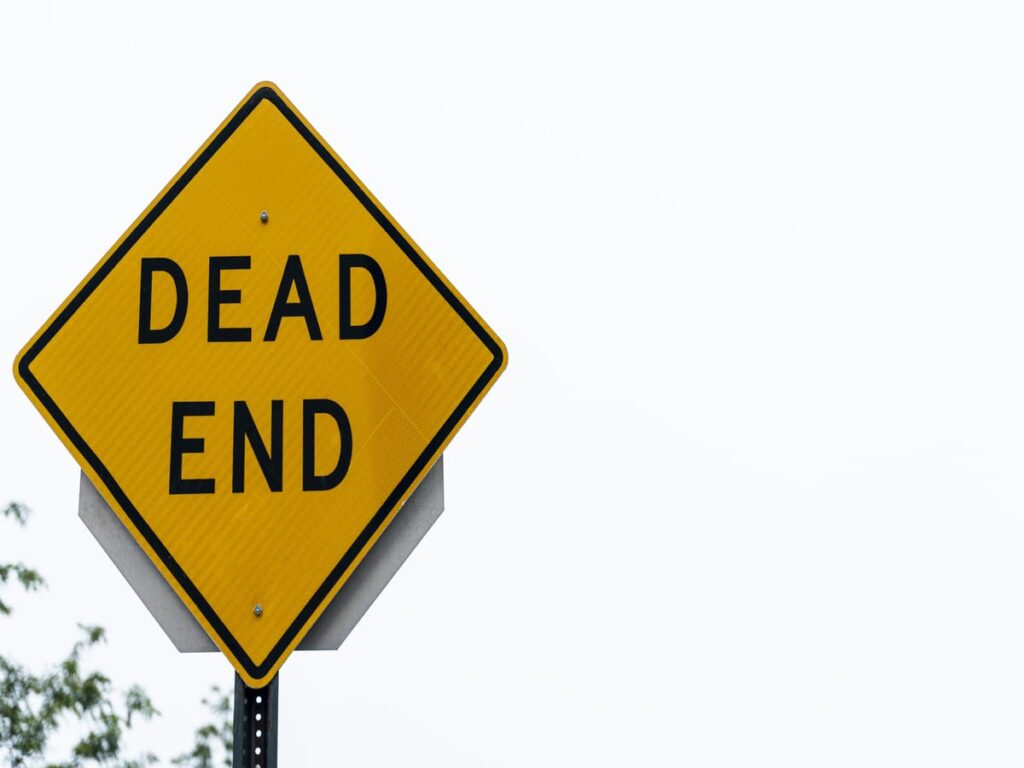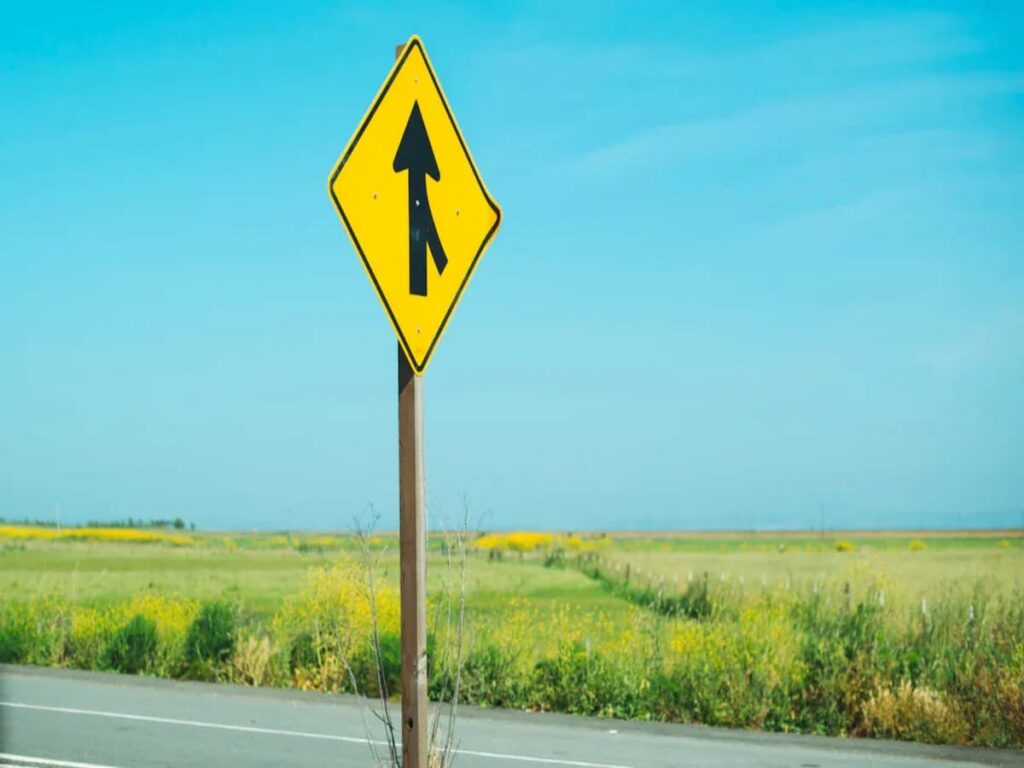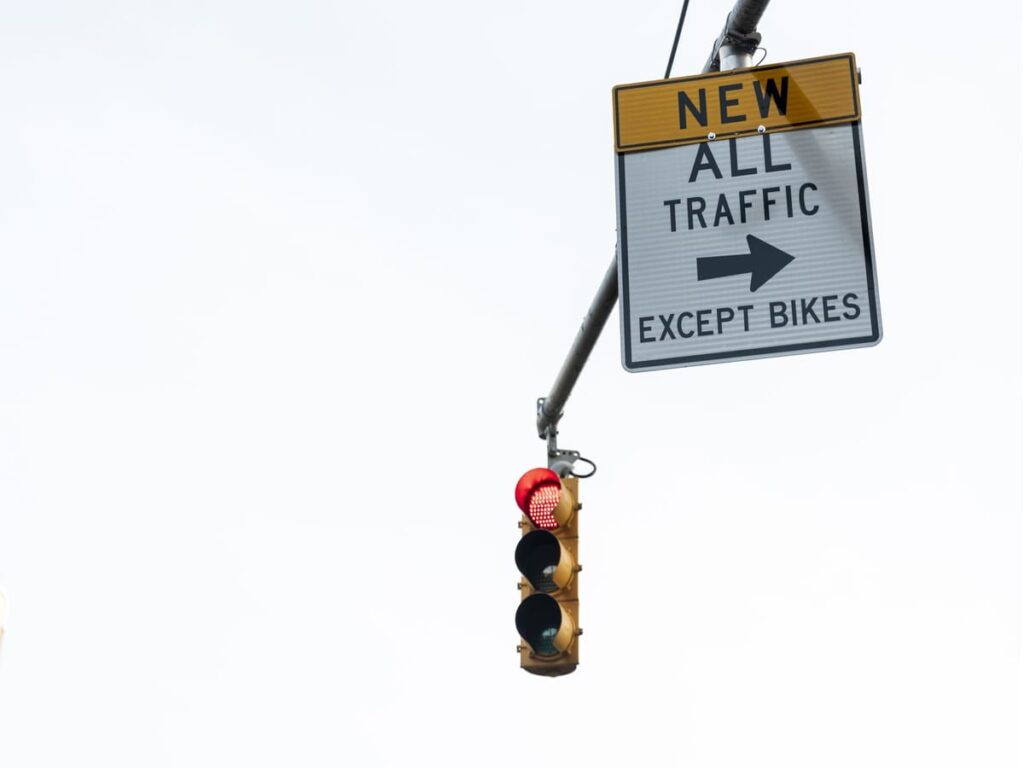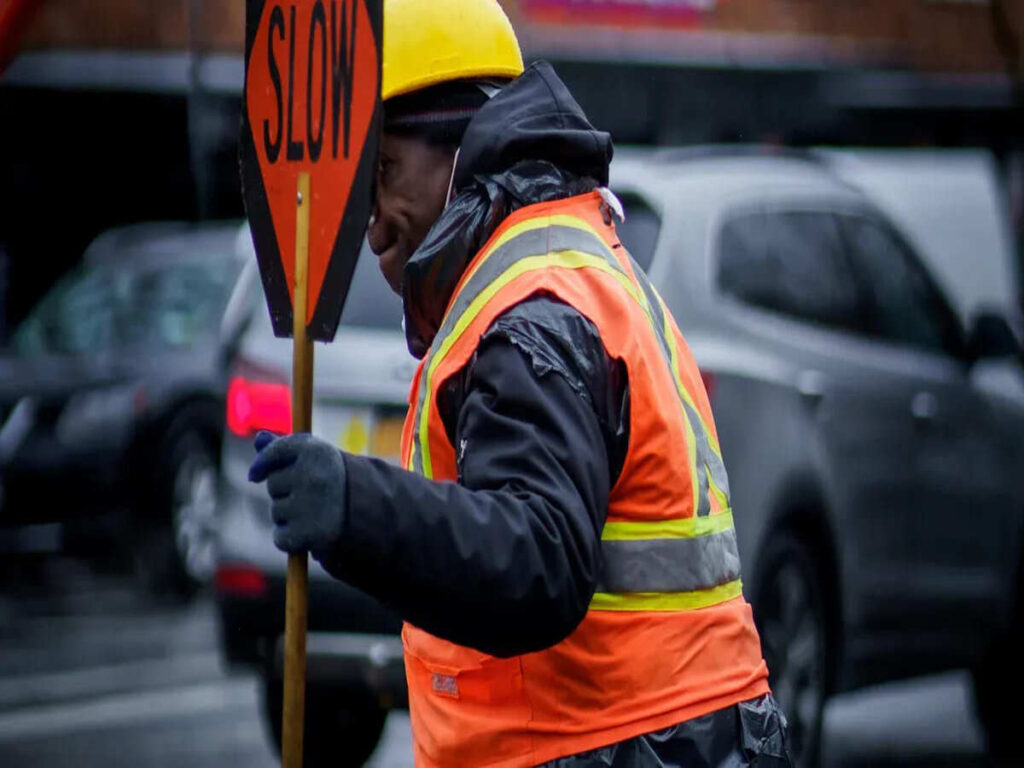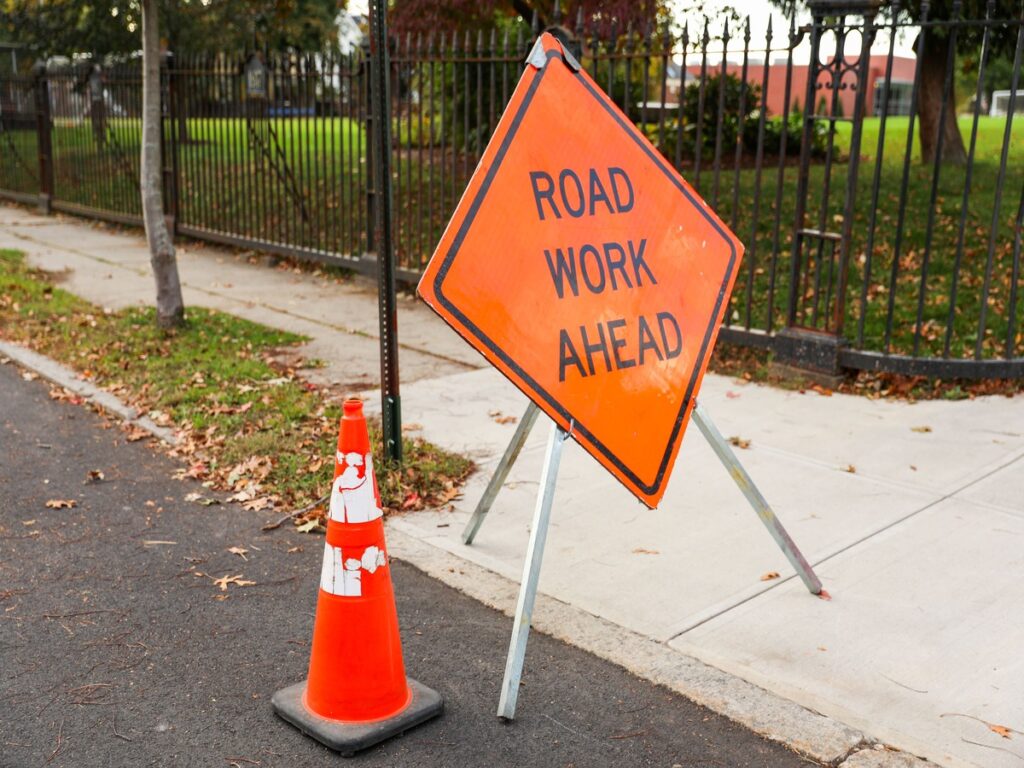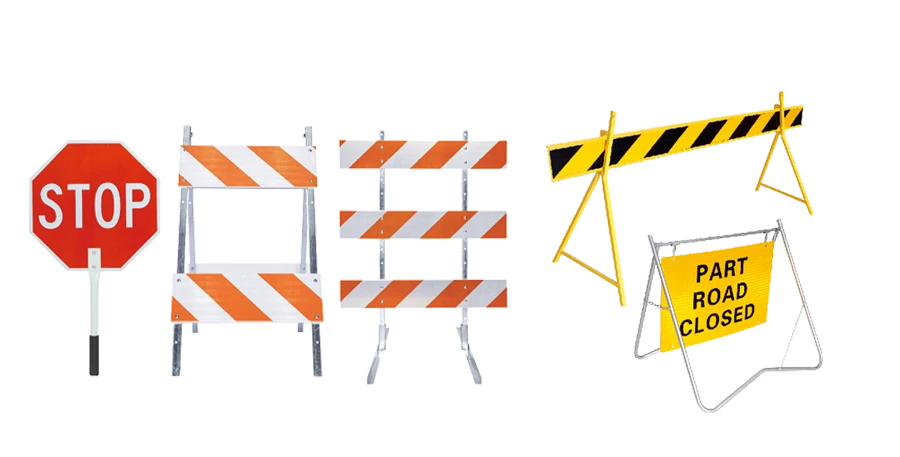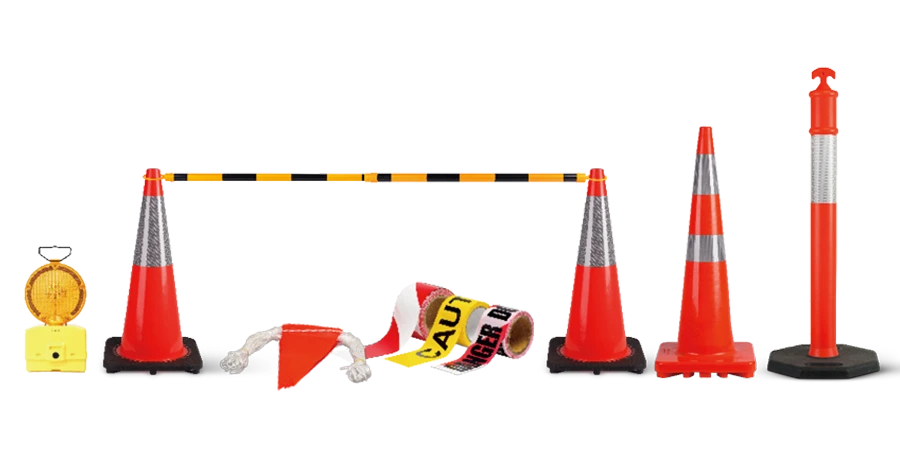
Many drivers are not sure about tram lanes and their rules. Clear traffic control signs help people stay safe and obey the law. Tram lanes help move people quickly in busy cities. In the Gold Coast and Canberra, trams go faster. Their lanes are kept away from other cars and people.
| City/Region | Tram Lane Features | Impact on Tram Speed |
|---|---|---|
| Gold Coast & Canberra | Exclusive corridors, minimal stops | Fastest speeds, >30 km/h |
| Melbourne | Shared lanes, traffic light priority | Maintains good speed |
| Sydney | Mixed traffic, more stops | Slower speeds, ~11 km/h |
Traffic management companies, building firms, and city planners need good traffic control signs. These signs help the systems work well.
Key Takeaways
- Full-time tram lanes are open all day. Only trams and special vehicles can use them at any time. These lanes have double yellow lines and barriers to show where they are.
- Part-time tram lanes work only at certain times. Signs tell drivers when only trams can use the lane. Other vehicles can use the lane at other times.
- Traffic signs must be easy to see and follow the rules in Australia. These signs help drivers know when to stay out of tram lanes. This keeps trams moving without problems.
- Temporary tram lane signs are used in construction areas. These signs must be easy to see and shine in the dark. They should be put in good spots to keep everyone safe during roadworks.
- If you use tram lanes without permission, you can cause crashes and get fined. Following the rules keeps everyone safe and helps trams run on time.
Tram Lane Types
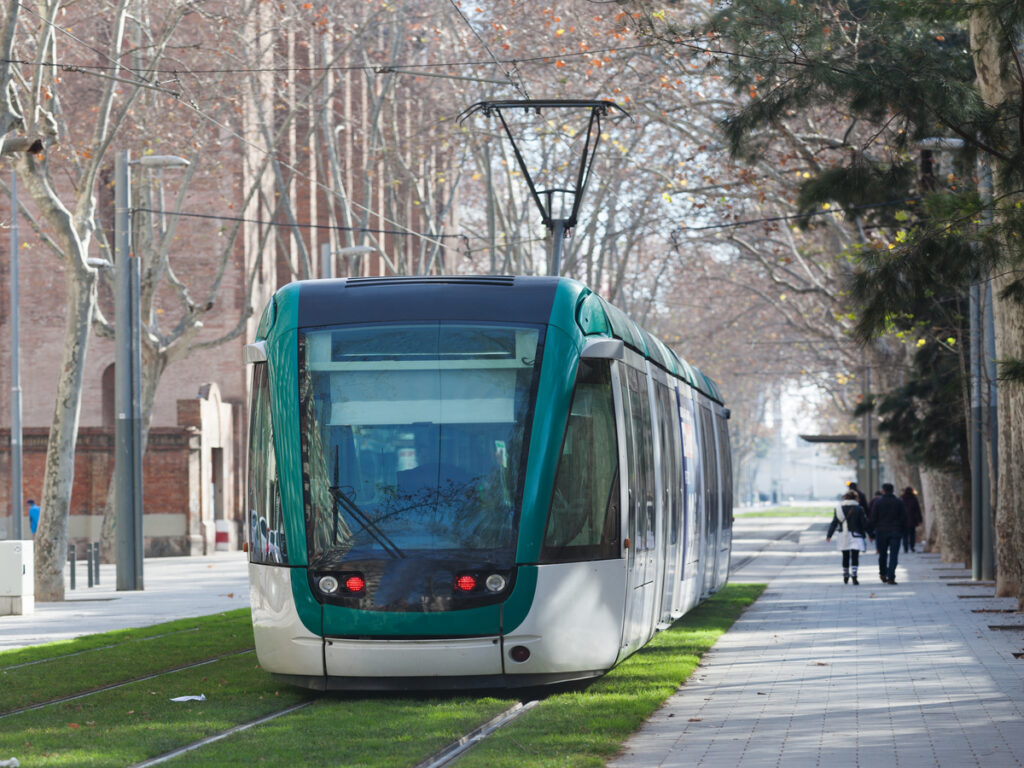
Full-Time Tram Lanes
Full-time tram lanes operate all day and night. Only trams can use these lanes at any time. Australian Standard AS 1742.12-2017 sets the rules for these lanes. Drivers must not enter or stop in a full-time tram lane unless allowed by a traffic control sign.
Full-time tram lanes have clear markings and features that make them easy to spot:
- Double yellow lines run along the edge of the tram lane. These lines separate the tramway from other road lanes.
- Physical barriers, such as kerbs or raised dividers, often sit between the tram lane and the rest of the road. Some kerbs reach up to 0.60 metres high and have reflectors, called “cat’s eyes”, to help drivers see them at night.
- In some places, the tram tracks use different colours or paving textures. This helps people see the difference between tram lanes and normal road lanes.
- Barriers may block cars from turning across tram paths, keeping the trams safe and on time.
Note: Only trams, authorised vehicles, and emergency services can use full-time tram lanes. Other vehicles must stay out at all times.
Part-Time Tram Lanes
Part-time tram lanes work only during set hours. Outside these times, other vehicles may use the lane. The rules for part-time tram lanes also follow AS 1742.12-2017. Signs near the lane show when the tram lane rules apply.
Part-time tram lanes have special features:
- Solid yellow lines mark the tram lane, but these may not always have physical barriers.
- Signs display the hours when only trams can use the lane. These signs help drivers know when they must stay out.
- The tram tracks may look different from the road, using special colours or textures, especially in shared areas.
- Some part-time lanes use mountable kerbs or painted islands to guide traffic during tram-only hours.
A table below shows the main differences:
| Feature | Full-Time Tram Lane | Part-Time Tram Lane |
|---|---|---|
| Operational Hours | 24/7 | Set hours only |
| Markings | Double yellow lines, kerbs, barriers | Solid yellow lines, signs with times |
| Who Can Use | Trams, authorised vehicles | Trams during set hours; others outside those hours |
| Physical Separation | Often kerbs/barriers | Sometimes kerbs or painted islands |
Traffic control signs play a key role in both types. These signs tell drivers when and where they can drive. Clear markings and signs help keep everyone safe and make sure trams run smoothly.
Traffic Control Signs for Tram Lanes
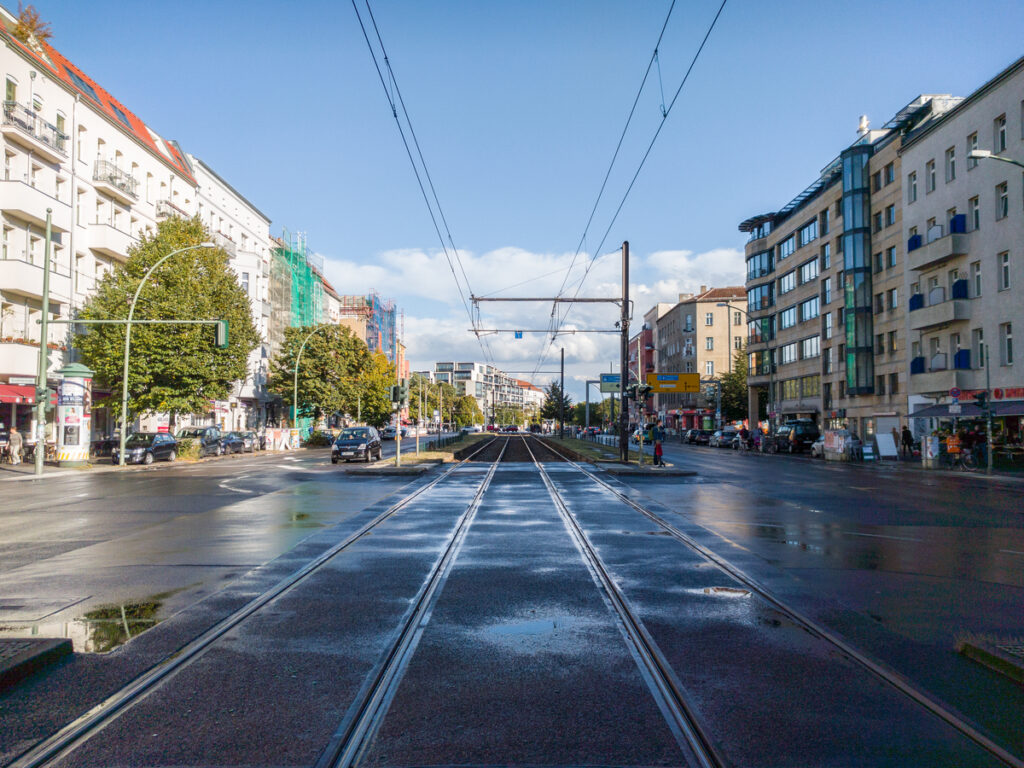
Signage Standards
Traffic control signs play a vital role in keeping tram lanes safe and organised. Australian Standard AS 1742.12-2017 sets out the rules for these signs. Each tram lane type uses specific signs to show drivers what they must do.
- Full-time tram lanes use the R7-1-5 sign. This sign shows a tram symbol and the words “TRAM LANE.” It tells drivers that only trams and authorised vehicles can use the lane at any time.
- Part-time tram lanes use the R7-1-5 sign with extra panels. These panels, such as R9-1-1 or R9-1-3, show the hours when the tram lane rules apply. Drivers can see at a glance when they must stay out of the lane.
- Supplementary signs like R7-2 or R7-3 give more details. They might show arrows or extra instructions to help drivers understand the rules.
All traffic control signs for tram lanes must be easy to see. They use large letters, clear symbols, and strong colours. Continuous yellow lines run along the tram lane to match the signs and make the lane stand out. These markings help drivers spot tram lanes quickly, even in poor weather or at night.
Tip: Signs must always match the lane’s rules. If the lane is part-time, the sign must show the exact hours. This helps drivers avoid mistakes and keeps trams running on time.
Modern technology now helps improve tram lane signage. Variable Message Signs (VMS) use bright LED lights and remote controls. They show real-time updates, warnings, and changes to tram lane rules. These signs help drivers stay informed and follow the rules, especially during emergencies or roadworks.
Visual Differences
Full-time and part-time tram lanes have different visual cues. These differences help drivers know which rules to follow.
| Feature | Full-Time Tram Lane Signage | Part-Time Tram Lane Signage |
|---|---|---|
| Main Sign | R7-1-5 (TRAM LANE) | R7-1-5 with time panel (R9-1-1, etc.) |
| Supplementary Panels | R7-2, R7-3 (arrows, extra info) | R9-1-1, R9-1-3 (operating hours) |
| Markings | Double yellow lines, kerbs | Solid yellow lines, painted islands |
| Time Displayed | No (always in effect) | Yes (shows set hours) |
Full-time tram lanes use strict, simple signs. These signs do not show times because the rules never change. Part-time tram lanes use extra panels to show when the rules apply. This helps drivers know when they can use the lane.
High-visibility is key for all traffic control signs. Signs use reflective materials so drivers can see them at night. Some cities use smart cameras and sensors to watch tram lanes. These systems spot rule-breakers and help enforce the rules. AI-enabled cameras can check for violations all day and night, making tram lanes safer.
Dynamic lane management uses digital signs and sensors. These tools can change lane rules in real time. For example, a sign might show a tram lane is closed for roadworks or open for cars during off-peak hours. This keeps traffic moving and reduces confusion.
Note: Good traffic signage and clear markings help everyone. They keep trams on time, reduce accidents, and make roads safer for all users.
The latest software platforms can link traffic control signs, cameras, and sensors. These systems give real-time information to drivers and traffic managers. They help cities manage tram lanes better and prepare for future changes, such as self-driving vehicles.
Compliance and Construction Zones
Temporary Signage
Construction zones often change the layout of tram lanes. Workers must use temporary signs to guide drivers and keep everyone safe. Australian law requires that all temporary tram lane signs follow the same standards as permanent ones. These signs must be clear, easy to read, and placed where drivers can see them before reaching the work area.
Good practice includes using reflective materials on traffic signs. This helps drivers see them at night or in bad weather. Workers should check that signs are not hidden by equipment or vehicles. Signs must match the current rules for the tram lane. For example, if a part-time tram lane becomes a full-time tram lane during roadworks, the sign must show this change.
Tip: Always remove or cover old signs that no longer apply. This prevents confusion and keeps traffic flowing smoothly.
Maintaining Safety
Safety is the top priority in construction zones. Workers must make sure that temporary signs do not block footpaths or crossings. Pedestrians need a clear and safe route at all times. Barriers and cones can help guide people around the work area.
Traffic control signs should stand upright and face oncoming traffic. Workers should check signs often to make sure they stay in place. If wind or passing vehicles move a sign, workers must fix it quickly.
A checklist for safe tram lane signage in construction zones:
- Place signs before the start of the work area.
- Use bright, reflective materials.
- Keep footpaths and crossings clear.
- Check signs often and fix any problems.
Clear traffic signs and safe pathways help prevent accidents and keep trams running on time.
Risks and Penalties
Encroachment Risks
Tram lanes help public transport stay safe and work well. When cars or other vehicles go into these lanes without permission, problems can happen. Safety becomes a big worry. Trams cannot stop as fast as cars can. If a car blocks a tram lane, it is easier for a crash to happen. People walking or riding bikes are also in more danger if drivers break tram lane rules.
Traffic problems often happen when people use tram lanes the wrong way. In Melbourne, trams and cars share some roads. Some intersections, like the hook turn, can be tricky for drivers who do not know the rules. This can make drivers confused and lead to risky moves or crashes. In 2019, there were 370 times in Melbourne where mistakes with tram track switches caused trouble. Many of these mistakes were made by new or tired drivers. These mistakes slowed down traffic and sometimes caused crashes, especially when it was busy or during big events.
Most traffic systems, like SCATS, focus on cars first. They do not always let trams go first when they should. This can make traffic jams worse if drivers use tram lanes the wrong way. Now, experts are making AI systems to help keep trams, cyclists, and people walking safer and to stop traffic problems.
A deadly accident on the Sydney light rail showed how dangerous it is when people use tram lanes the wrong way. Police and Transport for NSW looked into the accident. They said better safety is needed in tram areas.
Legal Consequences
Each state and territory in Australia has its own rules and fines for using tram lanes without permission. The rules and punishments are not the same everywhere. Some places give fines and demerit points. Others do not have special laws just for tram lanes.
| State/Territory | Unauthorised Use of Tram Lanes | Fine Amount (AUD) | Demerit Points |
|---|---|---|---|
| Victoria | Illegal | $159 | 0 |
| South Australia | Illegal | $363 | 3 |
| Tasmania | Not specifically illegal | $159 | 2 |
| ACT | Not specifically illegal | $292 | 2 (some offences) |
| Queensland | Not specifically illegal | $341 | 3 |
| New South Wales | Not specifically illegal | $659 | 3 |
| Western Australia | Not specified | N/A | N/A |
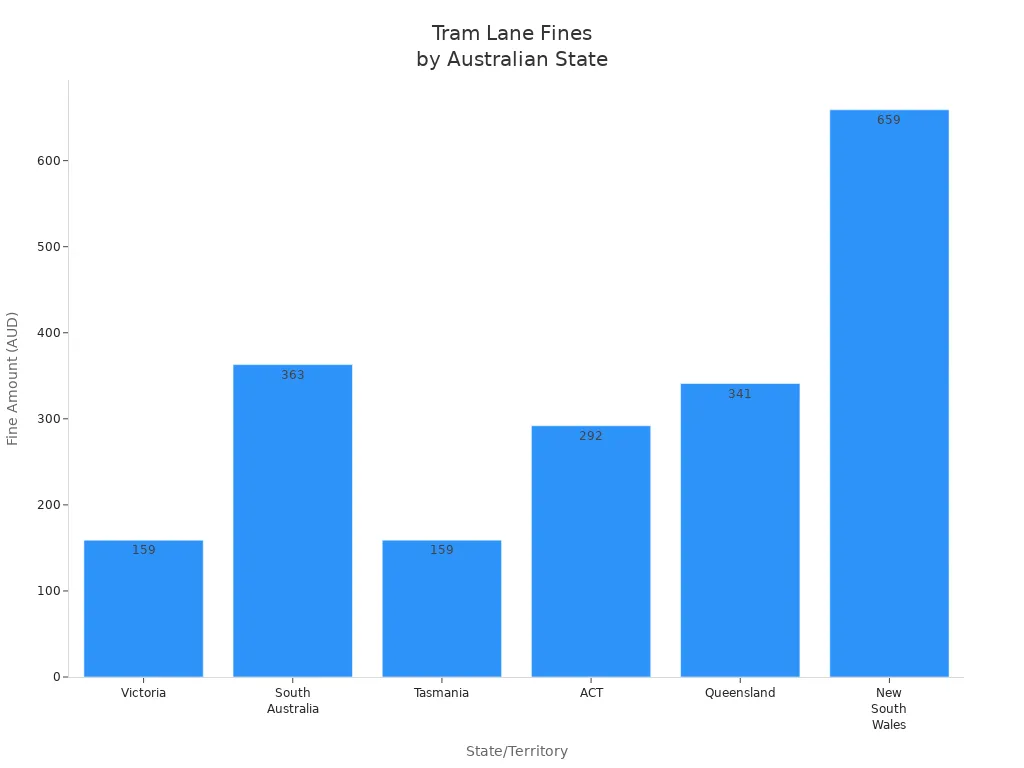
Penalties help make sure people follow tram lane rules. They remind drivers to look at signs and road markings. When rules are enforced, roads are safer and trams can run on time.
Full-time tram lanes are always in use by trams. Part-time tram lanes let other vehicles use them at certain times. These two types have different signs and markings. Knowing what the signs mean helps keep everyone safe. People who work with roads should check their signs and how they manage lanes. They should follow Austroads design rules and make sure everyone can use the lanes. Clear lane markings are important. Teaching people about the rules and checking often helps keep things safe. This also makes sure trams run well and on time.
FAQ
What is the main difference between full-time and part-time tram lanes?
Full-time tram lanes are open all day and night. Only trams and authorised vehicles can use them at any time. Part-time tram lanes work only at certain hours. Other vehicles can use them when the special hours end.
Who can use a tram lane during its operating hours?
Only trams, emergency vehicles, and authorised vehicles can use the lane then. All other vehicles must stay out. This helps trams move safely and on time.
How can drivers identify a part-time tram lane?
Drivers can find a part-time tram lane by looking for signs with set hours. These signs are above or next to the lane. They show clear times and symbols.
What happens if a driver enters a tram lane by mistake?
Police might give a fine or demerit points if someone enters a tram lane without permission. These penalties help keep roads safe and trams running well.
Are temporary tram lane signs different from permanent ones?
Temporary tram lane signs must follow the same rules as permanent ones. Workers use shiny materials and put signs where drivers can see them easily. This keeps everyone safe during roadworks or changes.

